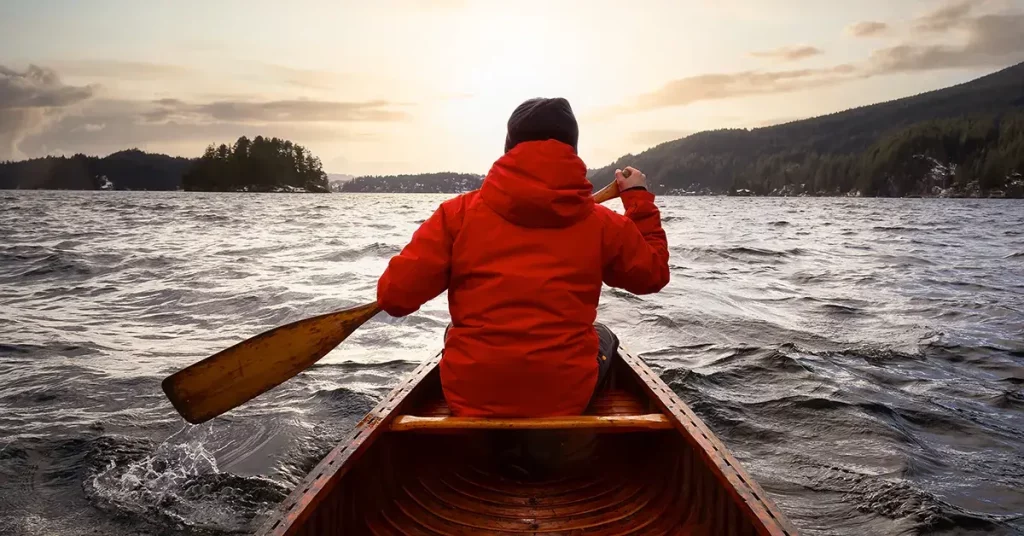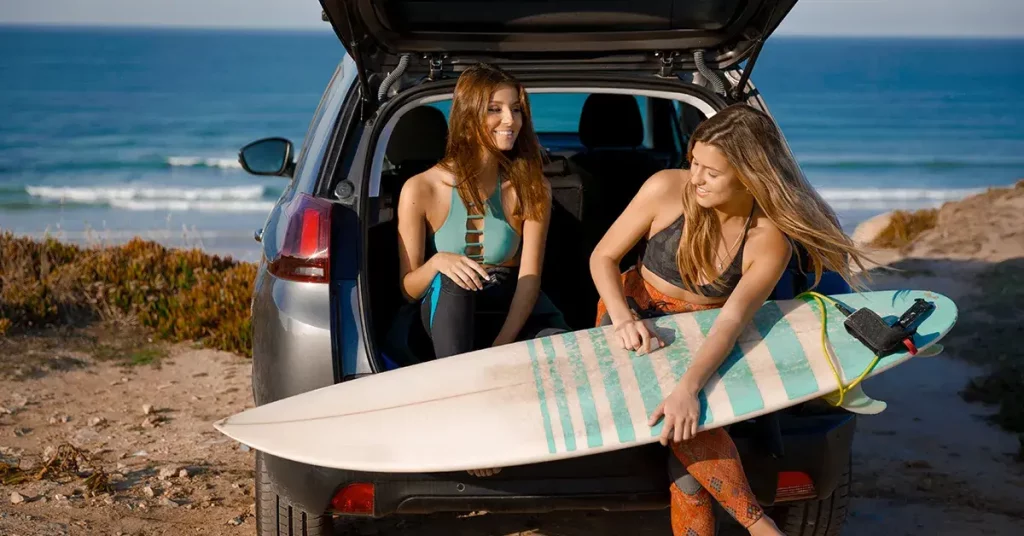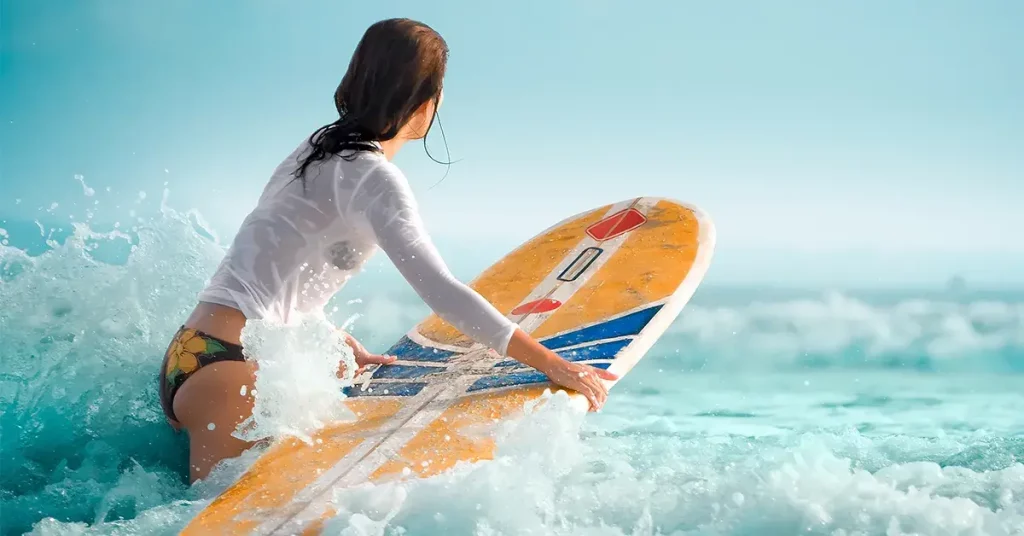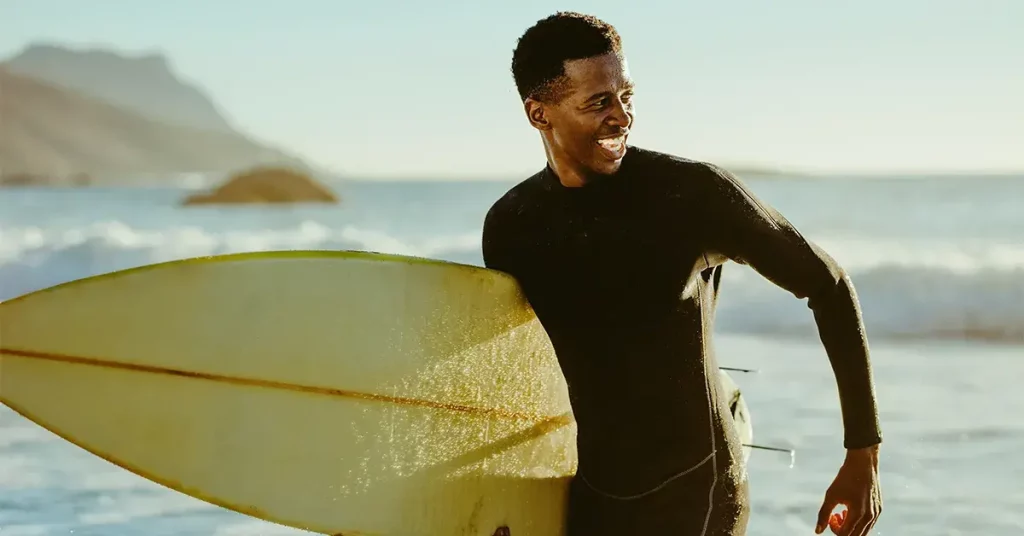There’s nothing quite like the feeling of freedom you get slowly gliding your canoe through clear water surrounded by nothing but pristine forest. In many ways, it’s a direct connection to the brave explorers, guides, and fur traders of the past. These men adopted the canoe as a mode of transport from the Native Americans and used it to transport them to uncharted territory.
Wilderness canoeing is something many of us daydream about while stuck in a cubicle all day long. Getting out in the wild, with just your canoe, gear, and wits, presents a tantalizing challenge to any outdoor enthusiast.
While it sounds great, actually planning out and preparing for a multi-day canoe trip can be a little intimidating. I’ll guide you through the process step-by-step, so you can feel confident and prepared when heading out in search of adventure!
Choosing a Destination
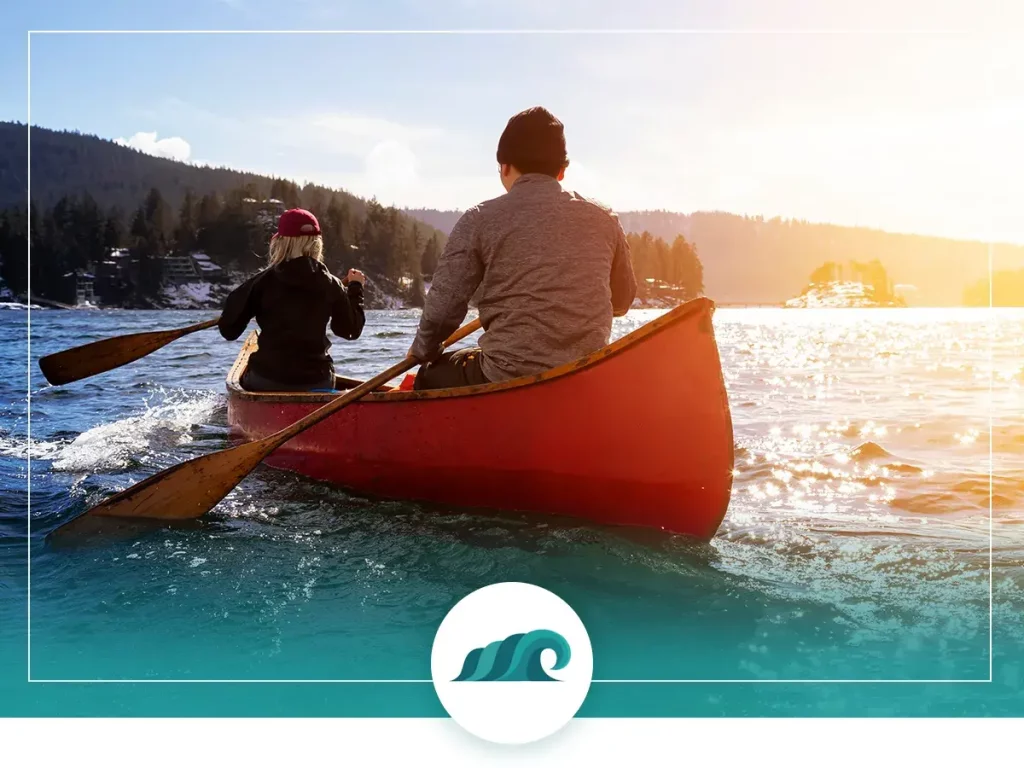
The first step when preparing for a wilderness canoe trip is finding an appropriate destination. If you’re fairly new to wilderness canoeing, it’s important to find a trip that matches your skill level – the last thing you want is to get in over your head.
You’ll want to consider your group size, combined skill level, and perhaps most importantly, the skill level of the least experienced person in your group. When comes to canoeing, the old adage ‘a chain is only as strong as its weakest link’ certainly holds true. This is important both for your group and for the inexperienced individual, as they won’t have a good time if they’re dragged into a situation beyond their comfort level.
Length of Trip
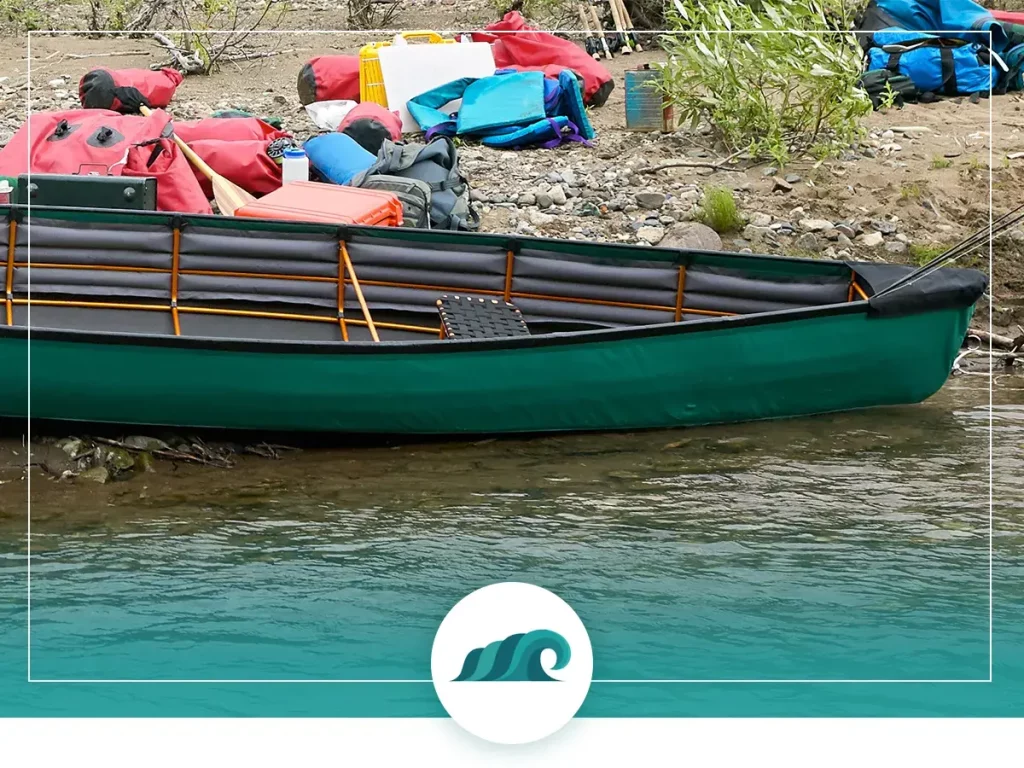
The length of your trip will largely dictate how much gear and supplies you’ll need to bring. Food, cooking fuel, extra clothing, and other consumables all add significant weight to your canoe, so longer trips will necessitate a heavier load.
If this is your first extended canoe excursion, you’ll probably want to go with a shorter 2 to 3-day trip. This will give you a taste of what a longer trip will be like, and teach you how to pack properly when you’re ready for a longer trip.
Longer trips may also mean you’ll be traveling further away from the nearest road or access point. If you have an emergency or run into trouble, it will take longer to get help.
Terrain
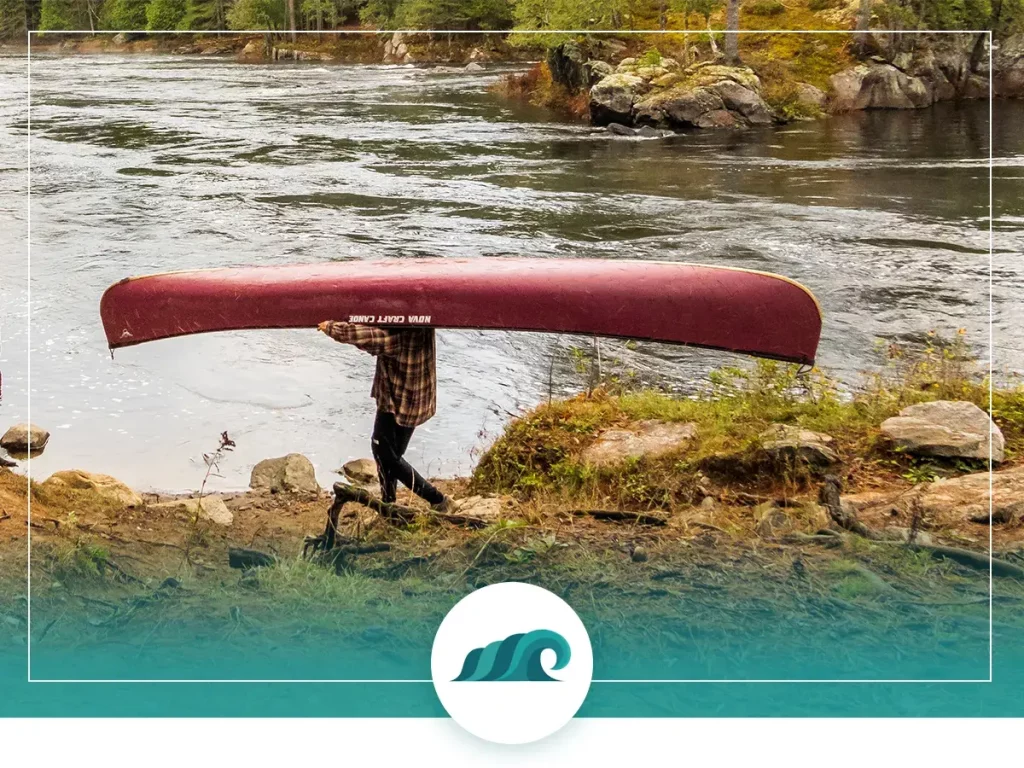
In addition to the length of your trip, you’ll want to consider the terrain – especially the number and difficulty of any portages. Some trips require extensive portaging, which will slow you down significantly and require far more effort than paddling flat water with minimal portaging.
Portages can become quite a slog, especially when you’re in hot, humid weather with muddy, insect-ridden trails. The best way to minimize the pain is by packing light. Remember, everything you bring in your canoe will need to be portaged, so keeping it light will make everything much smoother.
Remoteness
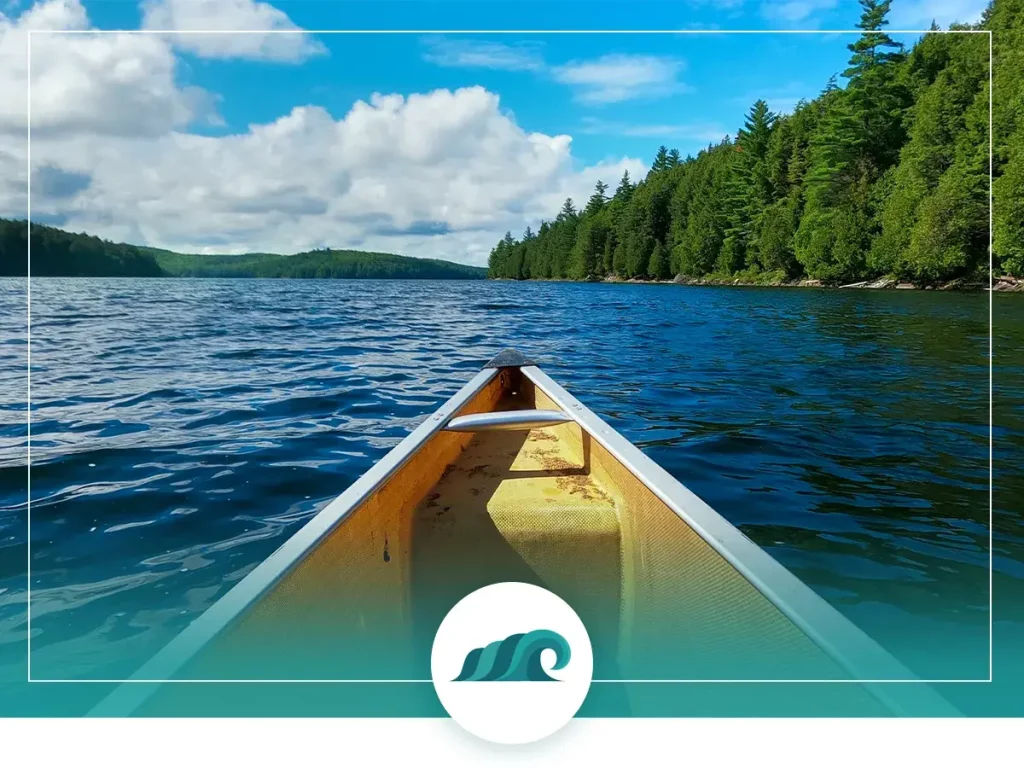
Remoteness is an important consideration when you’re preparing for a wilderness canoe trip. If you’re not familiar with the terrain, and there’s some level of uncertainly involved, you’ll need to pack accordingly. This means packing additional food, batteries, and emergency gear, so you’ll be prepared if your trip takes a day or two longer than expected.
Consider heading to a destination without recent information on the terrain or conditions. Instead of smooth cleared portage trails, you find trails strewn with fallen logs and debris. You’ll end up spending a significant amount of time clearing brush, which can increase the length of your trip by several days. Bring a few extra days of worth of food to ensure you’re not starving by the end of your trip.
Weather
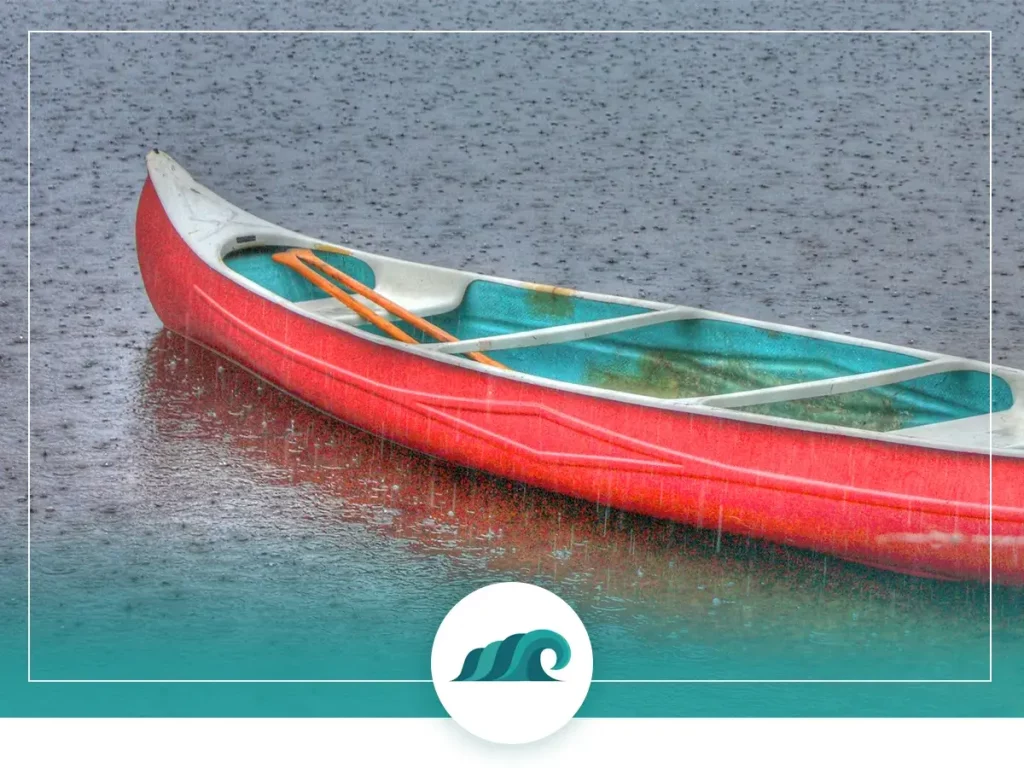
The weather is another key factor to consider – although you’ll never be able to predict it completely. As you’ll be exposed to the elements for several days, you’ll want to bring rain jackets, pants, and possibly gloves and an insulated hat if cold weather is a possibility.
As with all of the gear you bring on a wilderness canoe trip, lightweight is a major priority. Look for rain gear that’s light and packable while still offering a good degree of waterproofing. You’ll also want to bring a number of dry bags to keep your clothing and supplies nice and dry.
Physical Condition
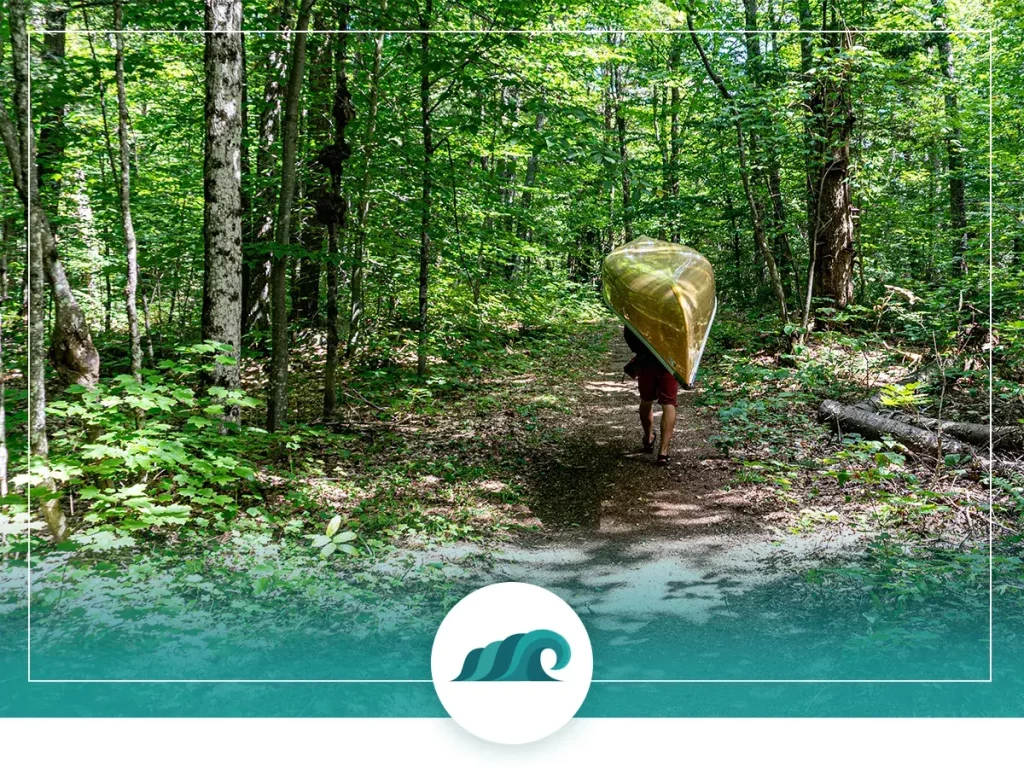
Canoeing over long distances can be a seriously tough exercise. While some canoe trips will have you leisurely paddling over calm flat water, others can really put your physical conditioning to the test. If you’re paddling in strong current or wind, you’re going to burn significant calories and possibly wear yourself out.
As mentioned previously, portages are where you’ll really need to put in the work. An average 2-person tripping canoe weighs between 55 and 75 pounds, which can get pretty heavy after carrying on your shoulder for a while.
If you’re young and in great shape, then by all means load up as much gear as you like. On the other hand, if you’re a little older and not interested in pulling every muscle in your body, then you’ll want to a bit more strategic in how you pack.
If the portage trails you’ll be traveling on are relatively smooth and flat, a canoe cart can be a major game-changer – turning your painful portage into a smooth leisurely stroll.
Outfitters
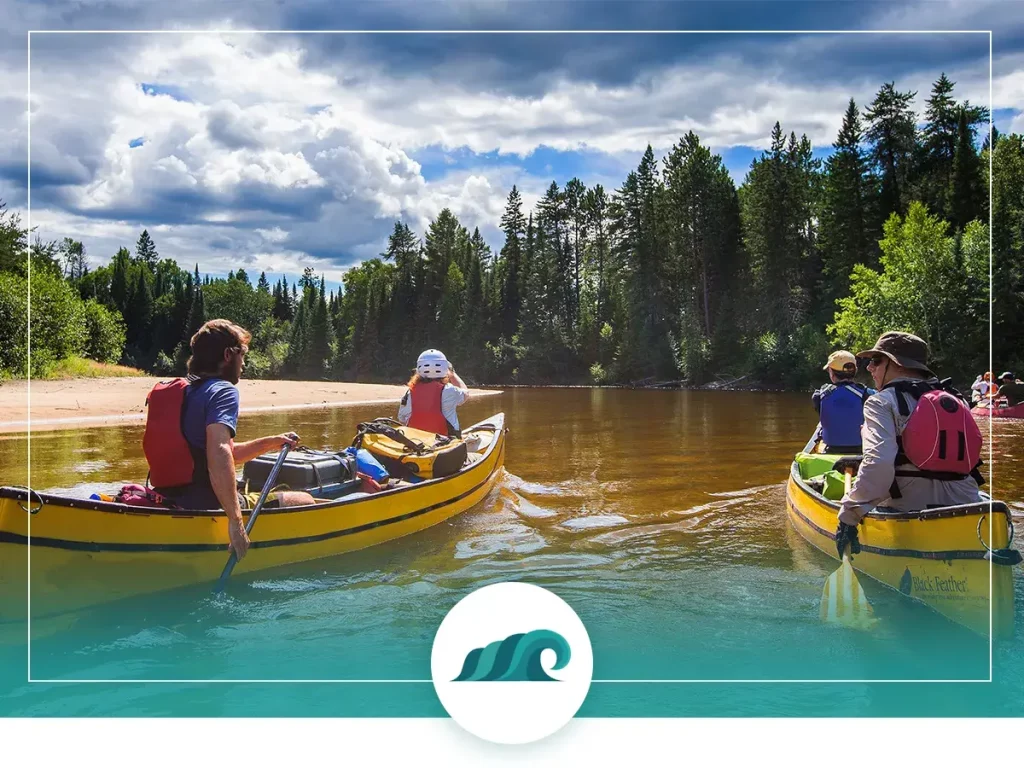
Outfitters can provide a wealth of local knowledge and experience, and if you don’t want to handle all the ins and outs of prepping for a canoe trip, they can set you up with everything you’ll need. You can also hire a guide to lead your trip, which can be a great choice for newbies or folks that would rather spend their time paddling and not prepping.
Even if you’re not going to take a guided trip or rent gear, stopping by the local outfitter or supplier to get a little local knowledge is a smart idea. They’ll be able to provide you with up to date maps, as well as info on trail and water conditions.
Navigation
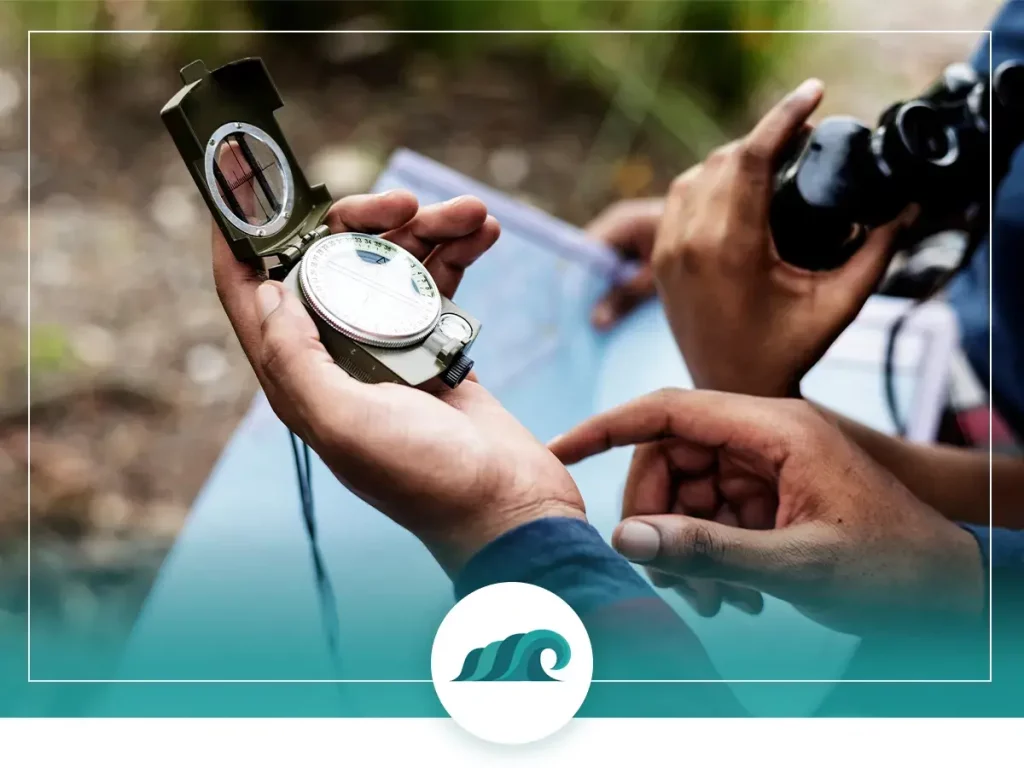
Navigation and mapping are important aspects of any canoe trip, especially if you’re not experienced in this area. Learning to use a compass and physical map are key skills when preparing for a wilderness canoe trip, so make sure you practice beforehand. Any maps you bring along should be laminated or kept in some sort of waterproof pouch, as they’ll be no good to you if they get drenched.
A GPS is another key piece of gear, but it’s best not to rely too much on your GPS. Batteries can run out, electronics can malfunction, so you should always bring a physical map and compass along with a GPS.
If your canoeing in a more remote location, portage trials may be overgrown and trail markers missing. Marking your trail as you go is a sure way to make sure you can turn around and retrace your footsteps if necessary.
Packing
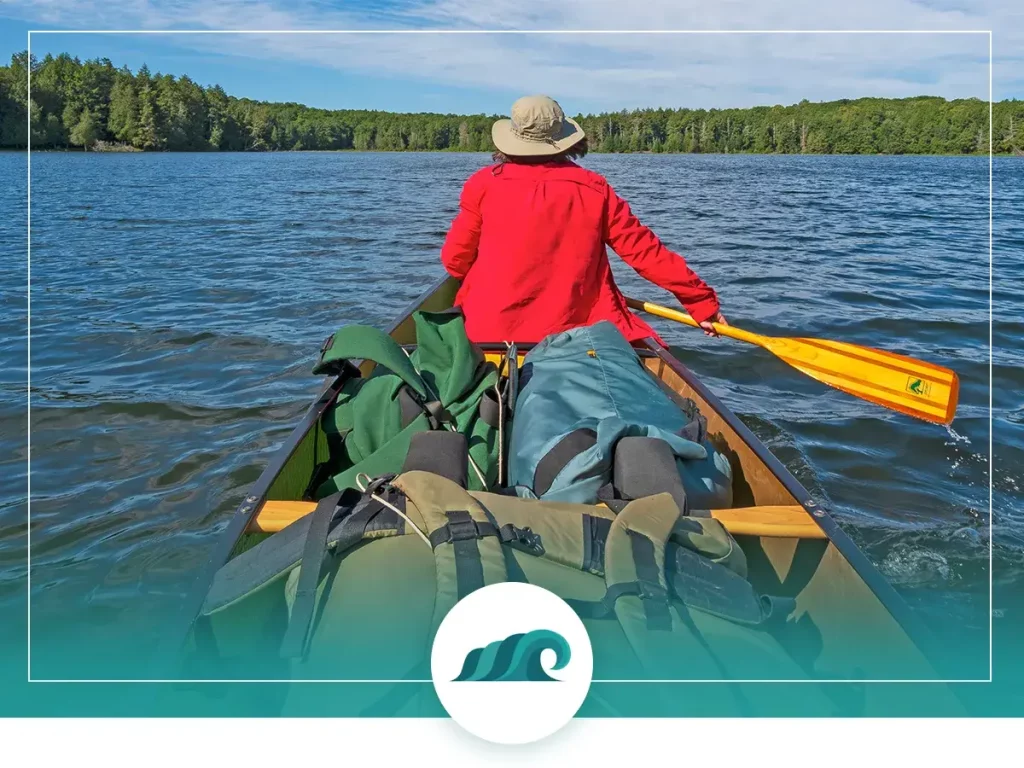
Packing for a wilderness canoe trip can be a little intimidating – especially if you’ve never done it before. You don’t necessarily need the latest and greatest gear, and if you shop around you can often find good deals on canoeing gear.
Basic Gear List:
- Touring Canoe
- Canoe Paddles
- GPS, Compass, Maps
- Canoe Seat
- Emergency Medical Kit
- Float Bags
- Raingear
- Waterproof Tent
- Flashlight and Batteries
- Life Jackets
- Saw/Hatchet
- Rope
- Knife
- Lighter/Matches
- Stove, Fuel, Grill, Cooking and Serving Utensils
- Fishing Gear
- Emergency Paddle
- Tarp
- Food
- Clothing and Footwear
Keep in mind this is a barebones list, and by no means comprehensive. There are plenty of other items you can bring along that will make your trip much more comfortable. Check out this complete list for a more in-depth canoe touring checklist.
Remember every piece of gear you choose to bring will add to the overall weight of your canoe and pack. Ask yourself “do I really need this piece of gear, or can I make do without it?” Also, many items can serve double or triple functions, so try to cut down on redundant pieces of equipment as much as possible.
When you’re doing the actual packing, a good tip is to utilize any empty space to stuff additional items in. You can stuff rope, food, and other smaller items inside stoves, cooking pots, and other hollow items.
Food
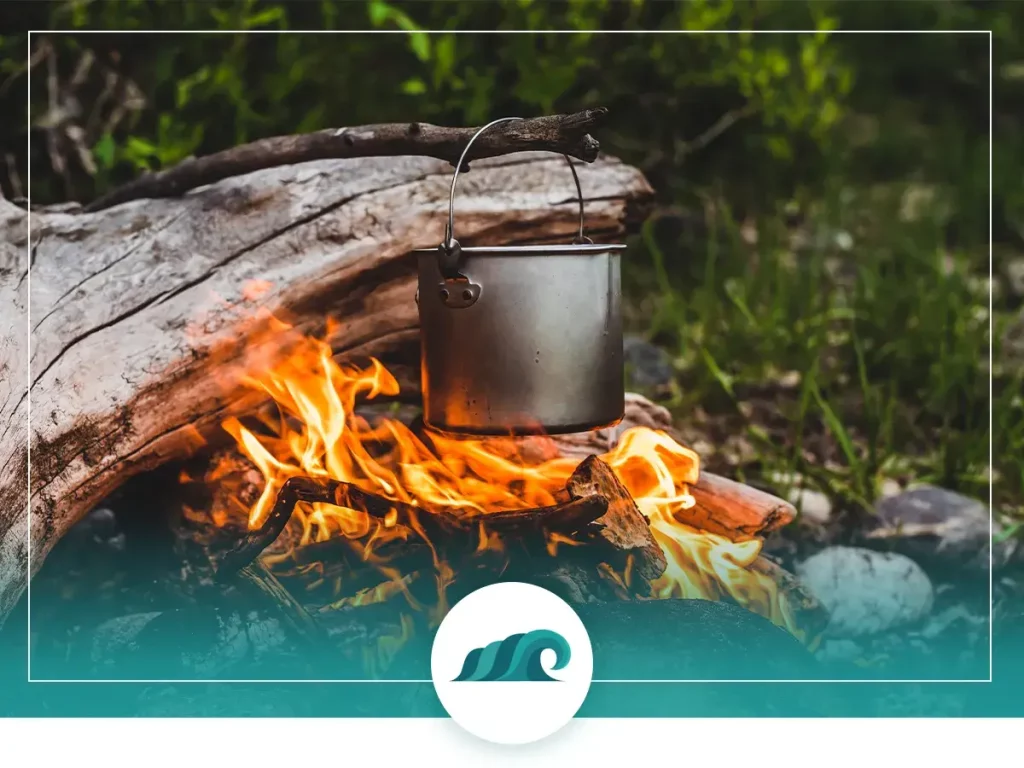
Last but not least, you’ll need to eat. Canoeing and portaging burns a ton of calories, so you’ll work up a serious appetite by the end of the day. It’s difficult to estimate exactly how much food you’ll need, but a general rule of thumb is to add an extra 25% more than you’d normally eat. This will give you a buffer in case anything gets lost or spoiled, and will ensure you won’t go hungry.
Some ways to cut down on bulk are packing compact high-calorie items like rice, jerky, and trail mix. Catching fish is another great way of supplementing the food you bring along. Most fish are pretty lean on their own, so bringing butter or lard to cook them in is an easy way to add extra calories and flavor.
Freeze-dried meals are another decent option, and newer ones actually taste pretty darn good. Most of these pack fairly light and compact, so they won’t take up too much space in your canoe.
As far as cooking goes, learning to cook over a campfire is a good way to cut down on extra weight. You’ll be able to leave the stove and fuel at home, and use a simple metal pan to prepare everything in.

